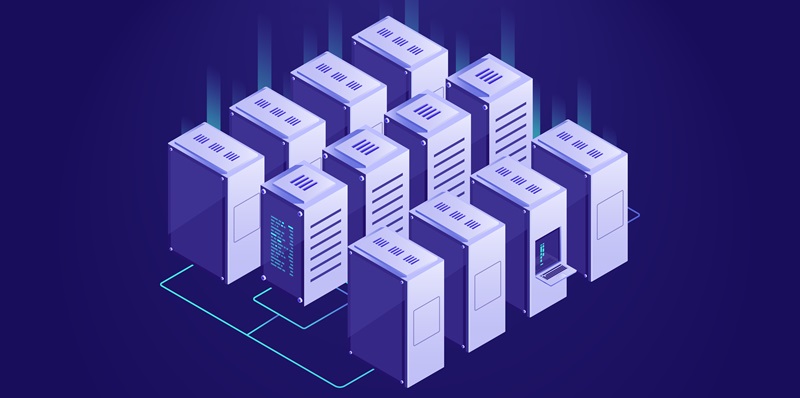Teradata, once the vanguard of enterprise data warehousing, has embarked on a strategic reorientation by integrating a modern paradigm that combines the elemental strengths of data lakes and data warehouses—the lakehouse model, augmented by open table formats (OTFs). This convergence signifies a watershed moment for Teradata, highlighting a commitment to adapt to the evolving demands of data analytics while leveraging its historical expertise in the field.
Teradata’s Shift in Data Analytics Philosophy
Historical Advocacy for Separate Data Structures
Historically, Teradata has championed a clear demarcation between data lakes and data warehouses, a philosophy that resonated with the traditional view of data management wherein raw, uncurated data rested in data lakes, and structured, refined data was stored in data warehouses. This was reinforced by statements from former CTO Stephen Brobst, who underlined the importance of optimizing each structure for their respective purposes—data lakes for extensive data storage and data warehouses for high-performance query execution and stringent governance. This approach epitomized Teradata’s commitment to maintaining a high standard of data analytics efficiency.
Strategic Leadership Changes and Market Trends
The tectonic shifts in Teradata’s strategic outlook are, in part, driven by a significant transition in the company’s leadership. With Stephen Brobst’s exit, Teradata recognizes the need to evolve and adapt its strategies to align with prevailing market trends. The advent of cloud-native data warehousing solutions and the demand for more flexible, cost-effective analytical platforms have prompted Teradata to reconsider its architectural philosophy. This pivot is reflective of a desire to not only remain relevant but also to push the boundaries of established norms in enterprise-scale analytics, demonstrating a willingness to innovate and respond to industry developments.
Embracing the Lakehouse Model and OTFs
Integration of Apache Iceberg and Delta Lake
In a bold move, Teradata announced the integration of Apache Iceberg and Delta Lake, two pivotal OTFs, into their analytics platform. This integration enables Teradata’s systems to better support a myriad of analytics engines, including Spark, Trino, and Flink, allowing for enterprise-scale analytics workloads to operate more fluidly across diverse data architectures. The adoption of OTFs marks a commitment to enhancing performance while governing costs, thus providing users with a seamless analytics experience. Importantly, it underscores the company’s understanding that modern data analytics must be robust and versatile to accommodate the complexity of today’s data ecosystems.
Aligning with Industry Players and Modern Practices
Teradata is aligning itself with the pioneering approaches of industry giants like Databricks, Snowflake, and Google, who have already embraced Iceberg and Delta Lake. Such strategic alignment indicates Teradata’s aspiration to spearhead the in-situ data analytics domain, where insights are derived directly from data in its native environment. By implementing OTFs, Teradata circumvents the need for cumbersome data movement, leading to cost reductions while also fostering a more collaborative data management landscape. Teradata’s integration of the lakehouse concept signifies a clear recognition of contemporary best practices in data management and analytics.
The Future of Teradata Post-Brobst
Adapting to Evolving Industry Demands
Teradata’s integration of the lakehouse model and OTFs is not merely a technical upgrade; it is emblematic of its dedication to evolving alongside the dynamic data analytics industry. As it navigates the post-Brobst era, Teradata is poised to confront the multifaceted challenges that come with shifting market conditions and technological advancements. Its recent strategic decisions illustrate the company’s intent to create agile, forward-thinking analytics solutions that address the diverse needs of modern enterprises. In charting this new course, Teradata signals a readiness to take on a role as a facilitator of innovation in a competitive landscape.
Enhancing Customer Value Through Innovation
Teradata, a trailblazer in enterprise data warehousing, is evolving with a pivotal shift towards a lakehouse architecture, blending the quintessential features of data lakes with data warehouses. By adopting open table formats (OTFs), this move reflects a crucial transformation for the company. It’s a clear nod to the changing landscape of data analytics and an acknowledgment that agility is key in today’s data-driven world. Teradata’s pivot to the lakehouse model doesn’t just echo its willingness to remain at the forefront; it’s a strategic play to fuse its storied data management acumen with the flexible, scalable advantages that modern data ecosystems demand. This transition aims to better meet the diverse and expanding needs of customers, balancing robust data analysis with the scalability and openness that have become paramount in the industry.

